Slang terms for crazy in the 1920s included words like “goofy” as a general term for crazy or unusual things, “bing” for a crazy person, and a variety of other terms such as “off one’s chump”. These were the most widely used slang terms for crazy. Common terms used today such as “nuts” were also common in the 1920s.
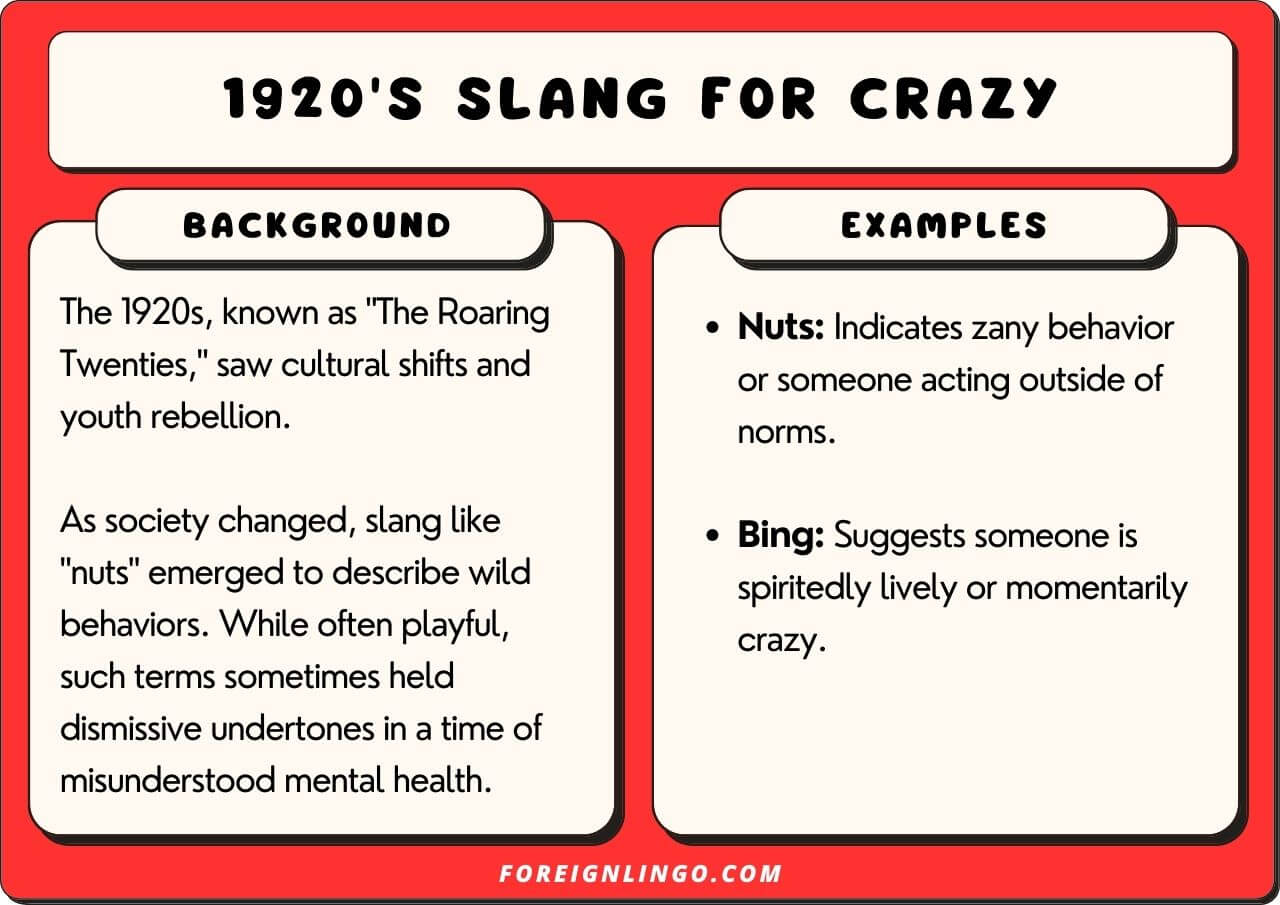
The 1920s were, in many ways, a pretty crazy time for a lot of people.
Particularly in America, there was a great deal of social upheaval alongside unprecedented wealth and affluence.
Alongside the prohibition era and all the social issues that it brought, this created something of a melting pot for crazy events.
Let’s find out more.
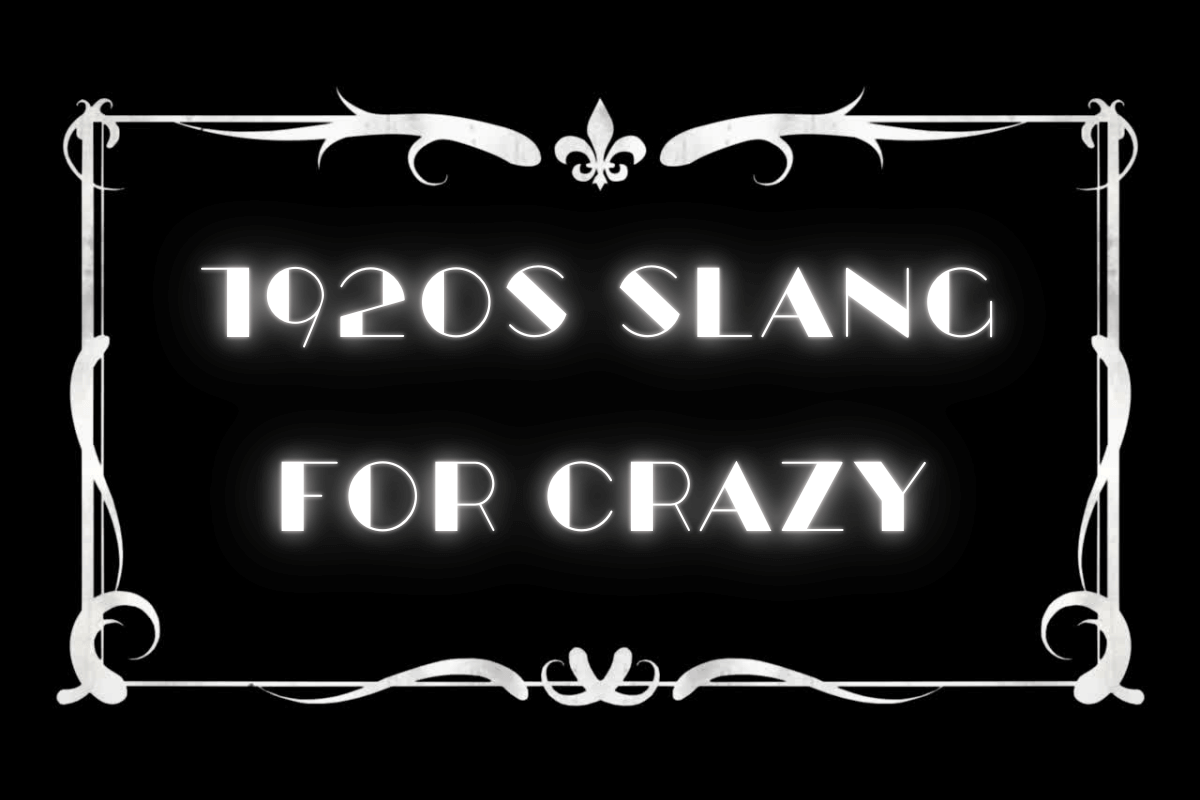
1920s Slang For Crazy
Barmy

“Barmy” was a term used in the 1920s to describe someone who was acting oddly or irrationally.
Examples in sentences:
- “That idea is completely barmy!”
- “He must be barmy if he thinks that’s a good investment.”
- “The way she dances is just barmy!”
- “He had a barmy look in his eyes when he won the jackpot.”
- “That whole conversation was barmy—I have no idea what he meant!”
Batty
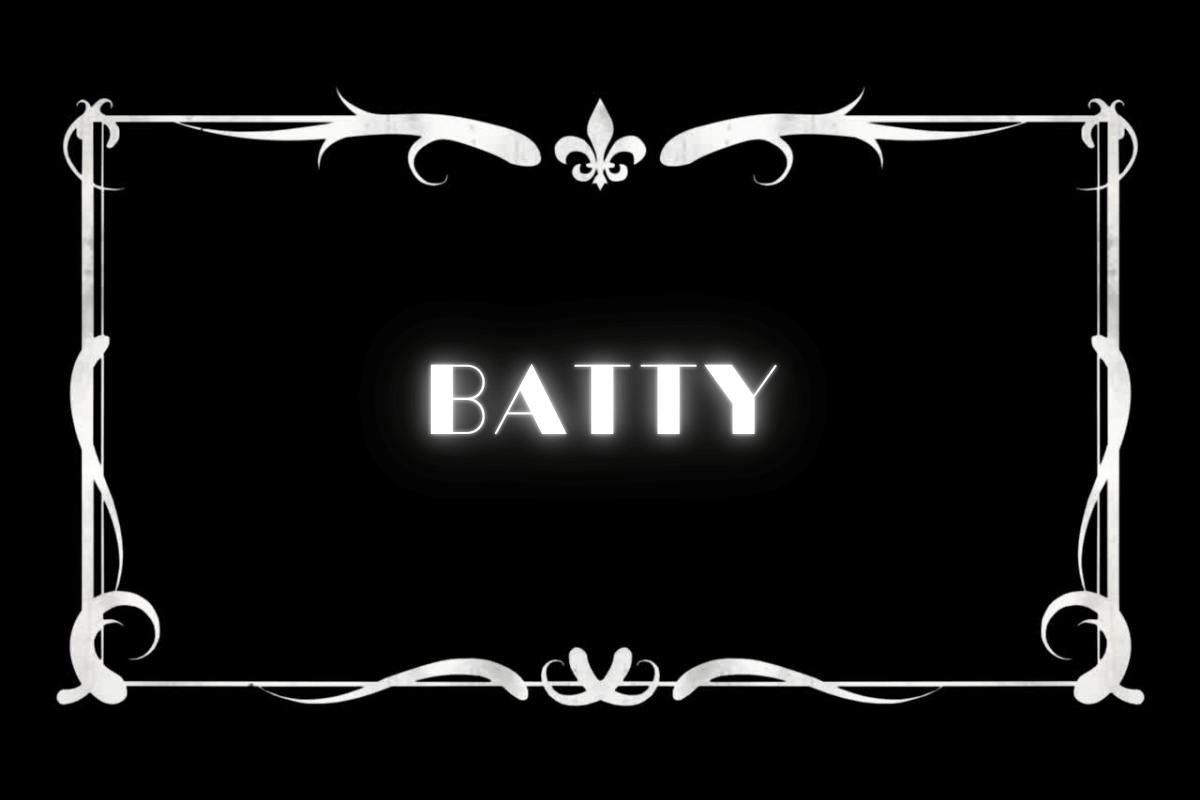
“Batty” was another 1920s slang term for crazy, often used to describe someone acting strangely or irrationally.
Examples in sentences:
- “That old inventor is completely batty!”
- “She has a batty way of talking to her cat like it’s a person.”
- “His batty ideas always make us laugh.”
- “He went batty when he saw how much the bill was.”
- “I think my teacher is batty—she made us sing the lesson!”
Bing

“Bing” originated as jailhouse slang but eventually became widely used to describe someone who was acting completely crazy or over-the-top.
Examples in sentences:
- “That wild stunt was totally bing!”
- “After staying up all night partying, he was acting completely bing.”
- “The way she danced on the table was absolutely bing!”
- “His idea to drive across the country with no map is just bing.”
- “That movie was so bing, I don’t even know what happened!”
Bonkers
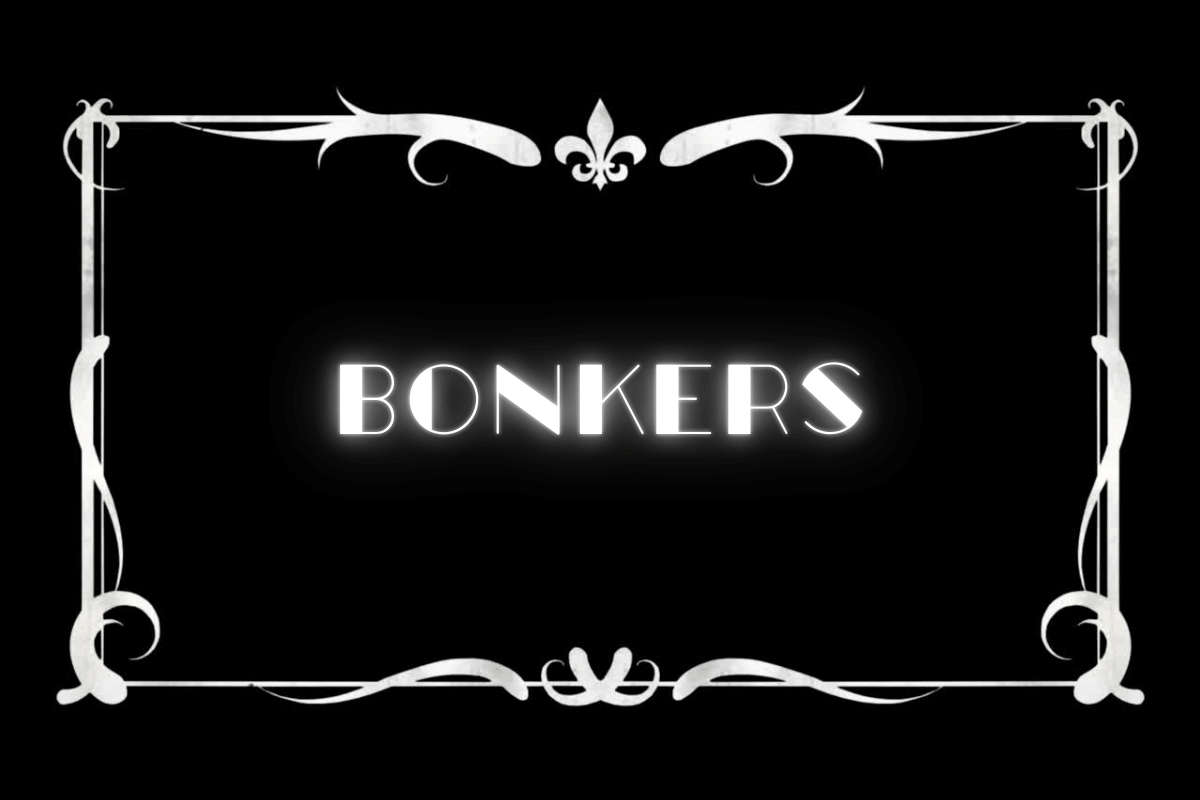
“Bonkers” was used in the 1920s to describe someone behaving in an extremely irrational or wild way.
Examples in sentences:
- “That stock market crash was absolutely bonkers!”
- “He went bonkers when he saw the new sports car.”
- “Her party was so wild, it was completely bonkers!”
- “I think my boss has gone bonkers—he wants us to work all weekend!”
- “The whole situation is just bonkers!”
Goofy
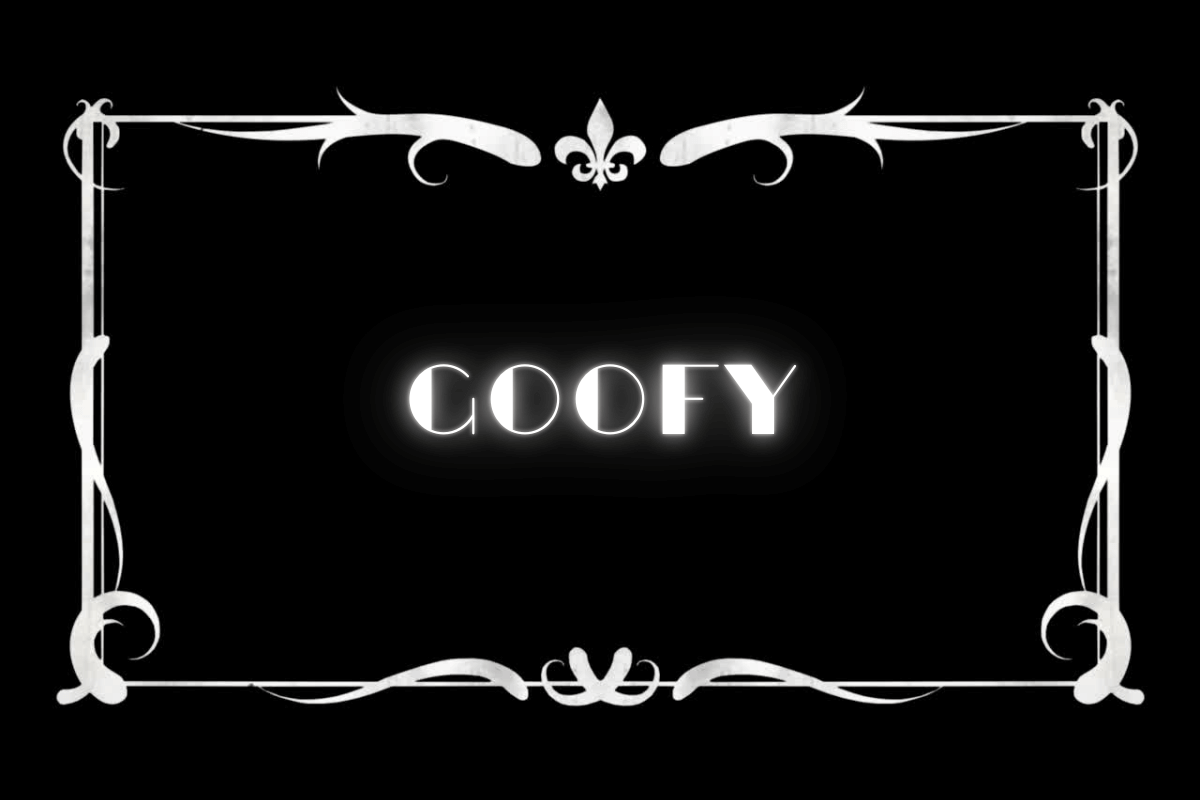
“Goofy” was a popular term in the 1920s for describing someone who was behaving in a silly, odd, or eccentric way. It didn’t necessarily mean insane, but rather playful or clumsy.
Examples in sentences:
- “That joke was so goofy, I couldn’t stop laughing!”
- “He made a goofy mistake on the dance floor, slipping and knocking over a table.”
- “She has a goofy way of telling stories that makes everyone chuckle.”
- “That hat looks a bit goofy, but I love it!”
- “The new comedy act was goofy, but the audience loved it.”
Nuts
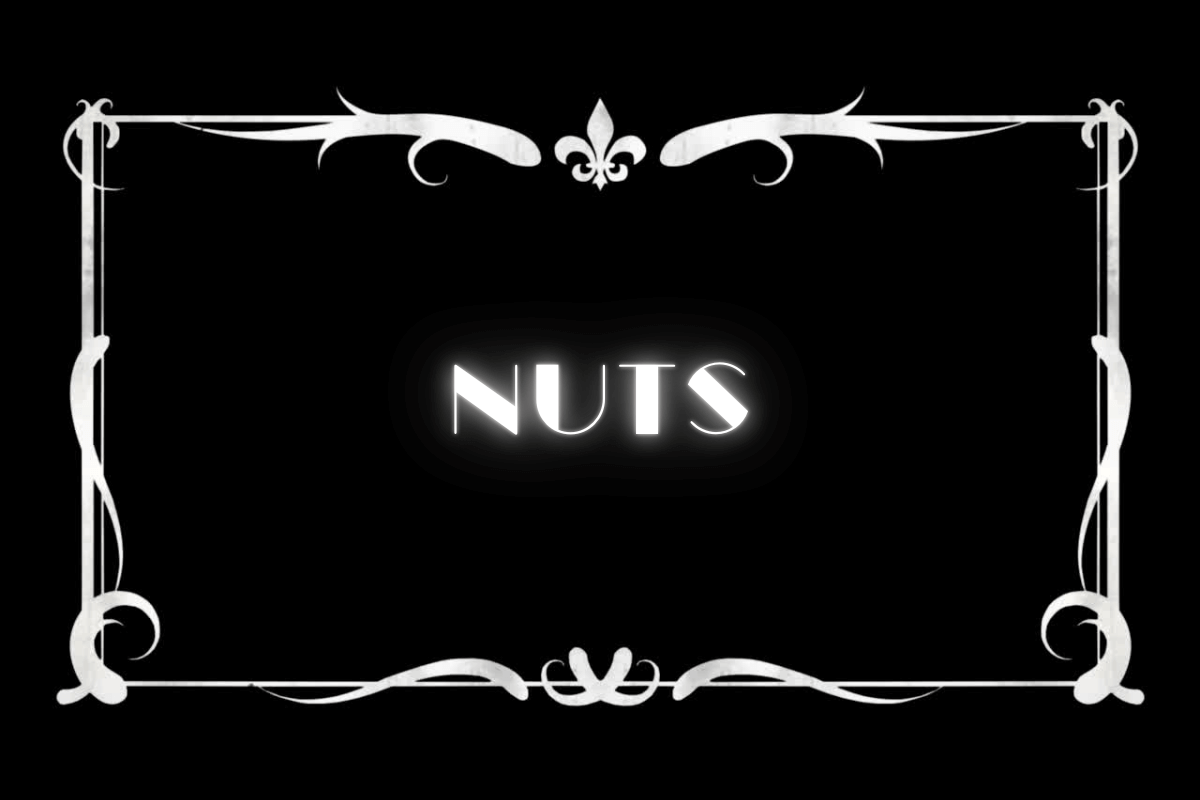
“Nuts” was a well-known slang term for crazy in the 1920s, just as it is today. It could describe anything from mild eccentricity to complete madness.
Examples in sentences:
- “That stunt was nuts—I can’t believe he did it!”
- “She’s nuts if she thinks she can talk her way out of this one.”
- “They’re nuts for thinking they can open a speakeasy right next to the police station!”
- “Jumping out of a moving car? That’s nuts!”
- “He went nuts when he won the lottery!”
Off One’s Chump
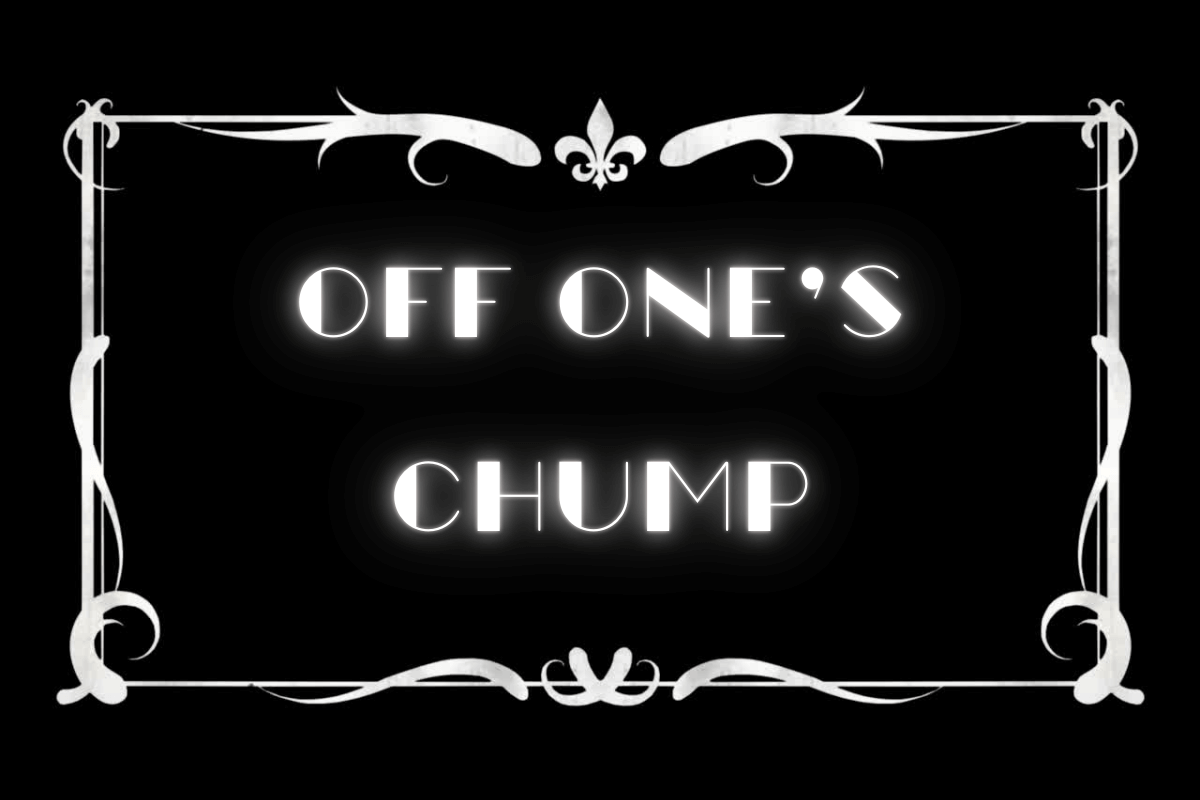
“Off one’s chump” was a widely used phrase in both Britain and America in the 1920s, meaning someone had lost their mind or was acting erratically.
Examples in sentences:
- “He spent all his savings on a fake treasure map—he’s off his chump!”
- “She’s off her chump if she thinks she can win that race in heels.”
- “That businessman must be off his chump to sell his company for pennies.”
- “I swear, my neighbor is off his chump—he talks to his plants like they’re people.”
- “If you believe in ghosts, you’re off your chump!”
Screwy
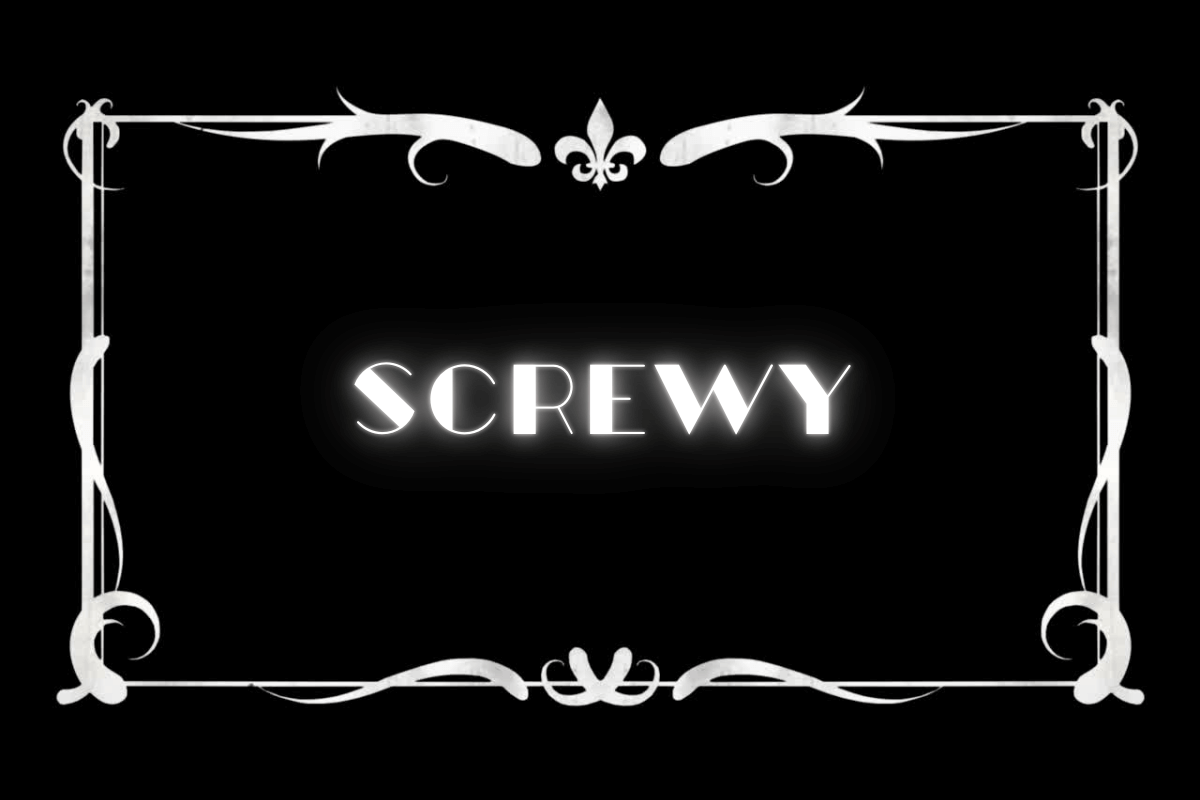
“Screwy” was a common way to describe something that seemed strange or crazy in the 1920s.
Examples in sentences:
- “That new law is completely screwy!”
- “His plan to sell ice to Eskimos is a little screwy.”
- “That detective’s theories are screwy, but sometimes they work.”
- “The whole situation is just too screwy for me to understand.”
- “I had a screwy dream last night about flying elephants!”
Off One’s Rocker
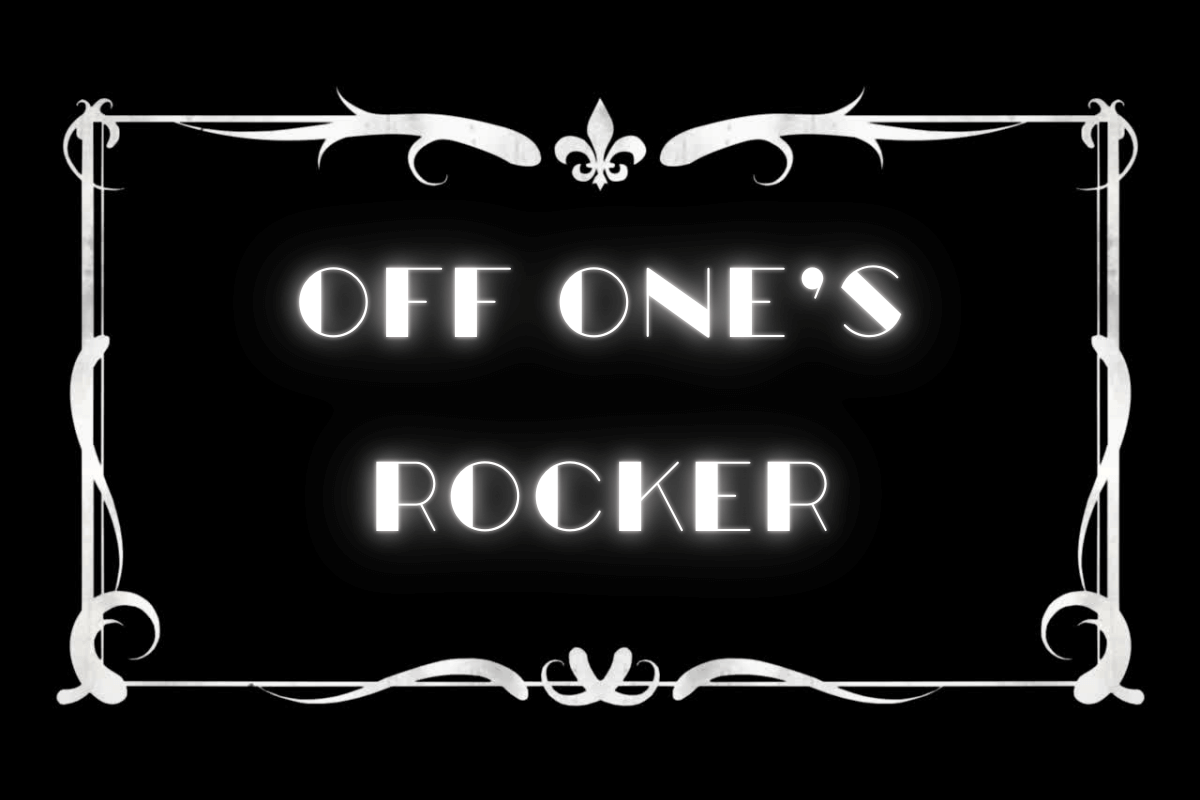
“Off one’s rocker” was a widely used expression in the 1920s, meaning someone had lost their mind.
Examples in sentences:
- “She’s off her rocker if she thinks she can finish all that work in one day!”
- “He must be off his rocker to bet all his money on a horse race.”
- “The old man’s off his rocker—he thinks he can turn lead into gold!”
- “That artist’s paintings are brilliant, but he’s definitely off his rocker.”
- “You’d have to be off your rocker to swim in that freezing water!”
Cracked
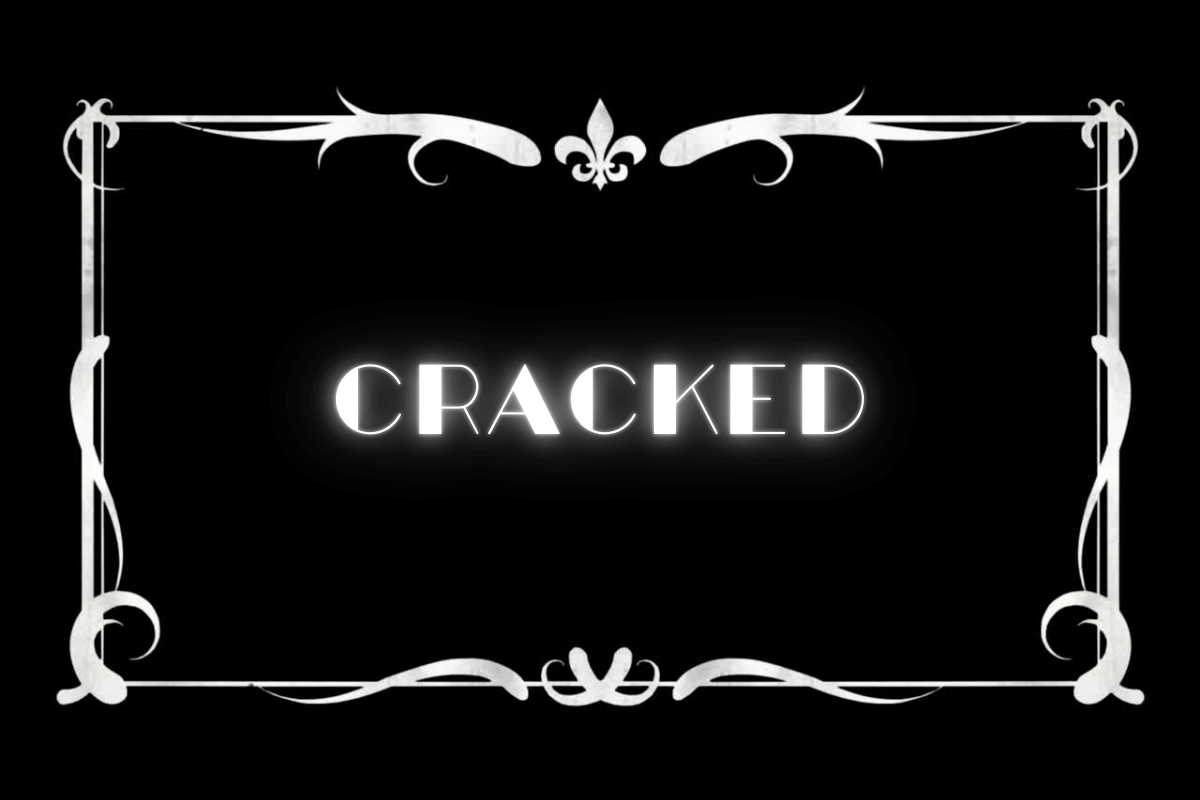
“Cracked” was another popular slang term in the 1920s for someone who wasn’t quite right in the head.
Examples in sentences:
- “That scientist’s cracked, but his inventions actually work!”
- “Only a cracked person would try to rob a bank in broad daylight!”
- “She’s cracked if she thinks that dress is fashionable.”
- “My uncle’s cracked—he talks to his car like it’s alive.”
- “That play was so cracked, I don’t even know what happened!”
So, there are some terms that are still used today and others that have largely fallen out of use.
In any case, there were lots of different slang terms for crazy used at the time.
Whether you had gone loopy from time in solitary confinement, you were acting a bit silly and thus “goofy,” or if you were completely unhinged and “off your chump”, there was a word to describe it in the 1920s.

